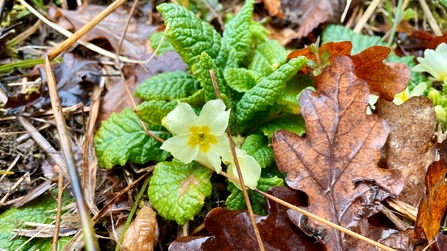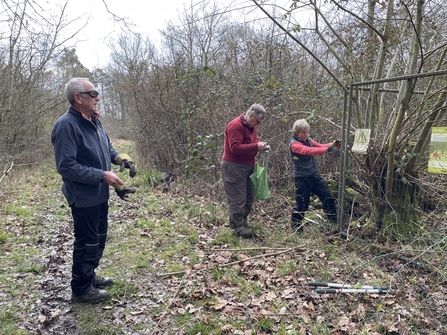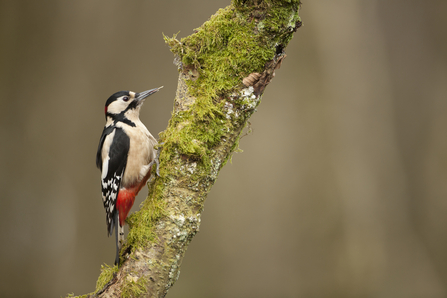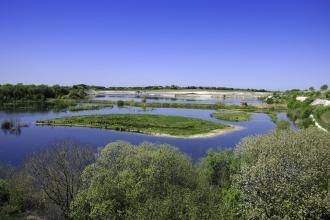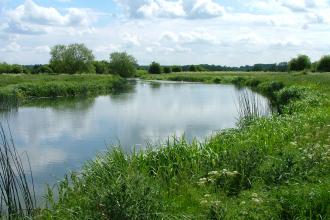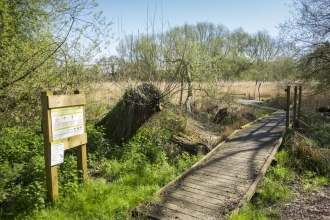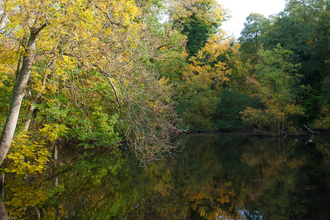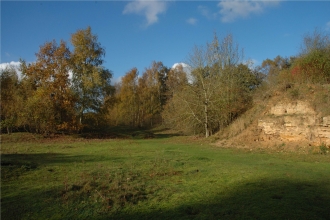Despite the never-ending grey and rainy days of recent months, spring is here, a welcome sight for those of us who are winter-worn. And Finemere Wood is just the place to be to observe the awakening of the wild.
Colour is returning. The cheerful, sunny yellows of primroses aplenty along the woodland rides, with brimstone butterflies fluttering past. Purple, tiny dog violets and brilliant white wood anemones, it is a feast for the eyes.
Buzzards mew as they soar overhead. Birds are singing throughout the wood, amongst them a chiffchaff, the first I have heard this year. A green woodpecker yaffles and a great spotted woodpecker drums.


